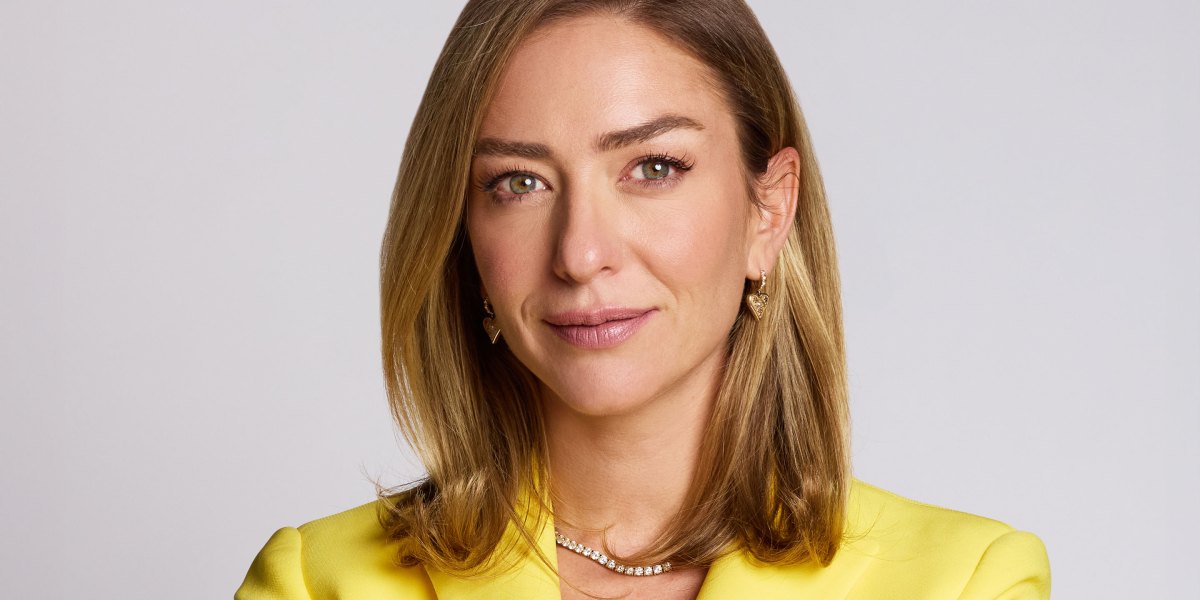Have you ever thought about how much time you spend on Spotify, that is, actually inside the Spotify app? It’s easy to get lost for 30 minutes on TikTok or Instagram, but you probably don’t have the same instinct for the Swedish streaming app.
Spotify, though, is keen to remind the advertising world just how much time their listeners spend actually navigating the app.
A music app designed to operate in the background isn’t an obvious target market for advertisers, who would be inclined to regard the app’s users as passive or unengaged.
This could explain why the streaming platform’s ad revenue is so low. Spotify made $1.85 billion from ad-supported revenue in 2024, a fraction of the $13.8 billion it raked in from premium subscribers.
However, as part of a new drive to boost ad-supported revenue, Spotify is trying to convince advertisers that its listeners are anything but passive.
“It’s more nutritious… rather than these high-caloric, quick things,” Alex Norstrom, Spotify’s co-president and chief business officer, told the New York Times about the Spotify app.
Norstrom elaborated that this included the “Jam” function, which forces listeners to turn both technical and collaborative to create the ideal group playlist. He also pointed to listeners wanting to discover more about their favorite podcaster or settling in for an extended audiobook session.
“People just feel good when they’re on Spotify,” Lee Brown, Spotify’s global head of advertising, said on Wednesday. “How many apps can say that?”
Spotify aims to grow its advertising revenue by increasing the amount of time its users spend on the app. To that end, the group enhanced its offering of podcasts with a video function, making it functionally comparable to YouTube.
“The more content users stream, the more advertising inventory we generally have to sell,” the group wrote in its 2024 annual report.
Its strategy to do so, as Brown summarized, was to pitch itself as the alternative to “rotting and doom-scrolling.”
Spotify’s pitch for advertisers comes at a time when brands are thinking more intentionally about where they publicize themselves. Elon Musk went to war with advertisers last year after many pulled funding from his X platform as its content turned more toxic. They began to return in the wake of the election of Donald Trump, who was heavily supported by Muck.
The company has been more deliberate in its message to advertisers in recent months.
What Wednesday’s event sought to highlight was making it easier for advertisers to use the platform, including the use of Gen AI to power scripts and voiceovers in the U.S. and Canada.
In November last year, Spotify said 72% of Gen Z listeners viewed the app as the antidote to doom-scrolling, according to findings in its Culture Next Report. The report, aimed at advertisers, indicated Gen Z listeners favored brands that engaged with Spotify by creating playlists or sponsoring live music events.
Spotify enjoyed a remarkable 2024 turnaround after rounding out 2023 with its largest-ever round of layoffs. The company enjoyed its first full year of profitability and saw its share price more than double last year.
This story was originally featured on Fortune.com
Source link


 Entertainment8 years ago
Entertainment8 years ago
 Politics8 years ago
Politics8 years ago
 Entertainment8 years ago
Entertainment8 years ago
 Entertainment8 years ago
Entertainment8 years ago
 Tech8 years ago
Tech8 years ago
 Tech8 years ago
Tech8 years ago
 Tech8 years ago
Tech8 years ago
 Politics8 years ago
Politics8 years ago






